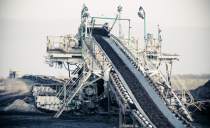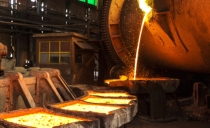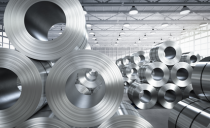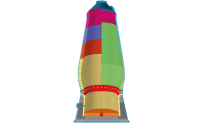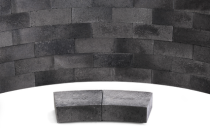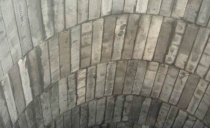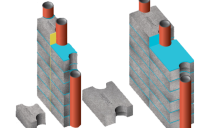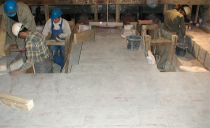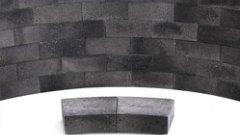
Refractory Brick Vs. Fire Brick: What is the Difference?
Heat containment is a near-constant concern in various industrial processes. It underlies both safety and performance, ensuring that high-temperature systems can operate at optimal efficiency throughout production cycles. This applies to copper-making, iron forging, steelmaking, waste-to-energy practices, and a whole host of other industries that utilize furnaces and kilns – or even simpler components, such as exhaust stacks. Various forms of insulation are available for extremely high-temperature operations, but refractory brick and fire brick are among the most common. Both are used to line the walls of thermal systems to reduce the propagation of heat. So, what’s the difference?
Refractory Brick vs Fire Brick: Key Differences
While both refractory bricks and fire bricks are designed for high-temperature applications, there are some critical differences that make them suitable for different purposes:
- Composition: Refractory bricks, including SiC refractory bricks, are typically made from materials like silicon carbide, alumina, zirconia or are containing a higher amount of mullite. Fire bricks, on the other hand, are primarily composed of clay minerals and alumina or mullite in lower quantities
- Thermal properties: Refractory bricks generally have a higher thermal conductivity as of their higher density
- Application-specific performance: Refractory bricks are designed for specific high-temperature applications and environments, offering better performance in terms of wear, corrosion because of direct contact with the corrosive media, and thermal resistance. Fire bricks, while suitable for general high-temperature applications, may not perform as well in more demanding environments and have a limited maximum temperature of use.
- Cost: Due to their high quality raw materials and properties, cost of refractory bricks is typically premium compared to fire bricks.
As above mentioned, refractory bricks usually contain a high alumina, mullite, zirconia or silicon carbide content.
Silicon carbide refractory bricks offer a variety of advantages that make them suitable for a wide range of high-temperature applications, sometimes different compared to high alumina, zirconia or mullite containing refractory bricks. Their excellent thermal conductivity ensures that heat is distributed evenly and efficiently throughout the brick as well as conducted away from the hot zone to the colder rear zone of the equipment lining, reducing the impact of thermal stress and damage. High wear resistance makes SiC refractory bricks ideal for applications involving abrasive materials and processes, while their high-temperature strength allows them to maintain their integrity and performance even at high temperatures.
Additionally, SiC refractory bricks are highly resistant to sudden changes in temperature, reducing the risk of cracking and premature failure, thanks to their good thermal shock resistance. Their strong corrosion resistance to acids, alkalis, and other chemicals make them suitable for use in harsh environments where direct contact with such media is inevitable. Furthermore, the low expansion coefficient of SiC refractory bricks ensures minimal dimensional changes during heating and cooling cycles, reducing the likelihood of deformation and stress-related damage of the whole lining in the equipment.
These properties make silicon carbide refractory bricks ideal for use in applications such as non-ferrous metal smelting e.g. copper and aluminium, iron & steel production and processing, lining in wear-resistant applications e.g. pipes, impellers, pump chambers, cyclones, and mine linings.
At Saint-Gobain Performance Refractories & Ceramics, we understand the important role that refractory bricks play in ensuring optimal performance and extending refractory life in high-temperature kilns and atmosphere furnaces. That's why we offer a wide range of refractory bricks made from materials such as silicon carbide, fused bricks, and specialized refractory bricks like Alundum, Alfrax, and AL100. Our team of experts can help you choose the right refractory brick for your specific application and environment, ensuring that your industrial processes run smoothly, safely, and efficiently. Contact us today to learn more about our range of refractory bricks and how we can help you find the best solution for your high-temperature application needs.
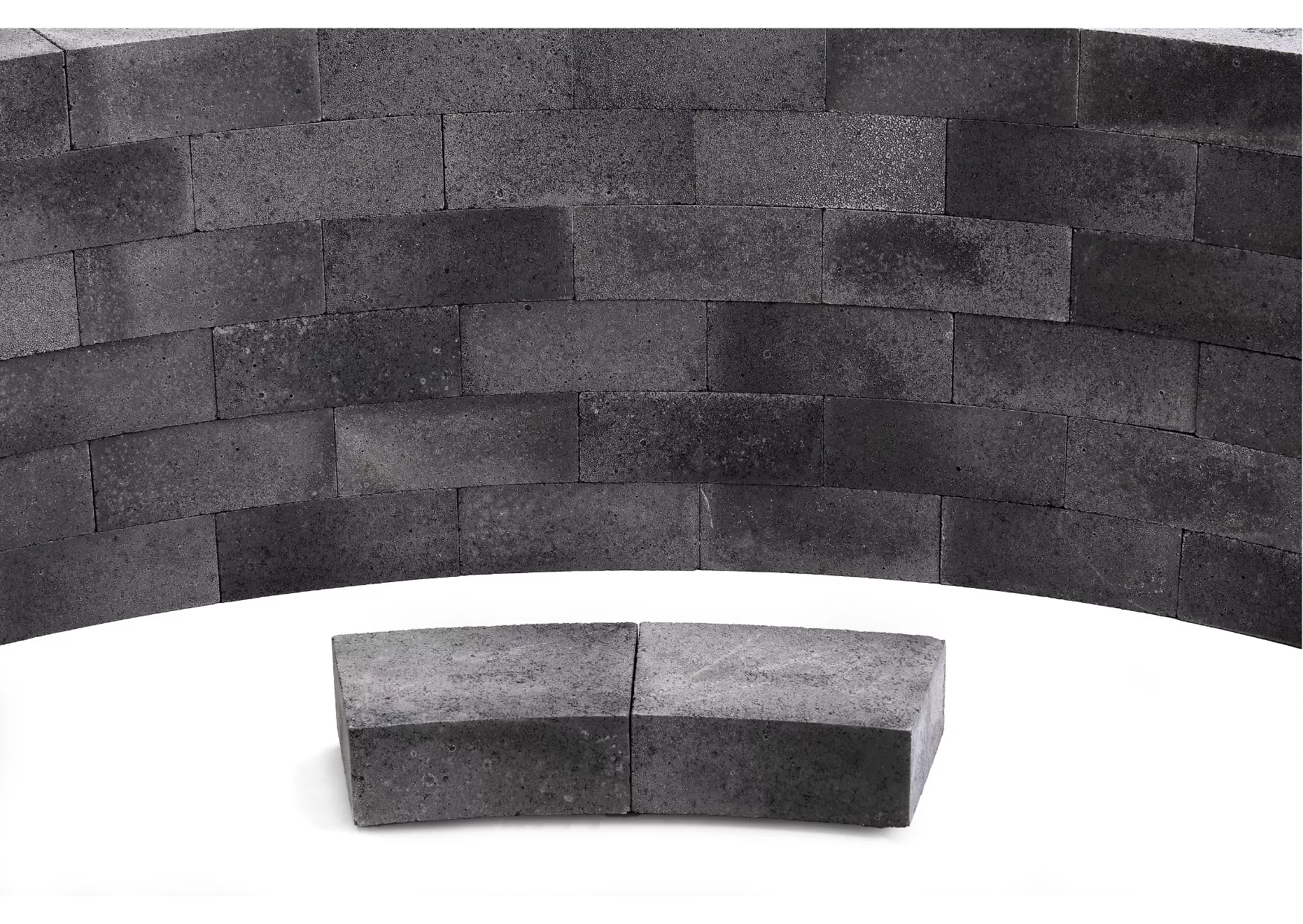
Want to know more?
Achieve your goals with our customized industrial ceramic solutions. Contact us today to learn more!
Related content
Wear Resistant Technologies
Saint-Gobain Performance Ceramics and Refractories have developed a range of wear resistant technologies using alumina oxides (Al2O3 and ZTA) as well as...
Primary Copper
Discover Saint-Gobain Performance Ceramics & Refractories’ custom engineered solutions for flash melter applications.
Primary Aluminum
The extreme environments in primary aluminium production require advanced refractory materials.
Blast Furnaces Refractories
Descubra a gama de soluções refractárias da Saint-Gobain Performance Ceramics & Refractories para aumentar a vida útil dos altos-fornos.
Related products
Refractory Bricks
Saint-Gobain Performance Ceramics and Refractories offer a wide range silicon carbide refractories blocks, developed a better performing material with...
Hot Face Bricks
Discover Saint-Gobain Performance Ceramics & Refractories’ comprehensive range of silicon carbide hot face bricks for copper furnaces.
Impact Bricks
Discover Saint-Gobain Performance Ceramics & Refractories’ comprehensive range of impact bricks for the charging section of copper furnaces.
Belly Brick System
Discover Saint-Gobain Performance Ceramics & Refractories’ belly brick system - straightforward protection for single tube walls with no metallic fixing...
Magmalox Bricks
Magmalox® a range of products manufactured by melting alumina ceramic power in an Electric Arc Furnace (EAF) at temperatures ranging from 2,000-2,500⁰C.
Cryston Max bricks
The charging areas experience very high wear due to impact and abrasion that occurs when material is loaded into the furnace.
